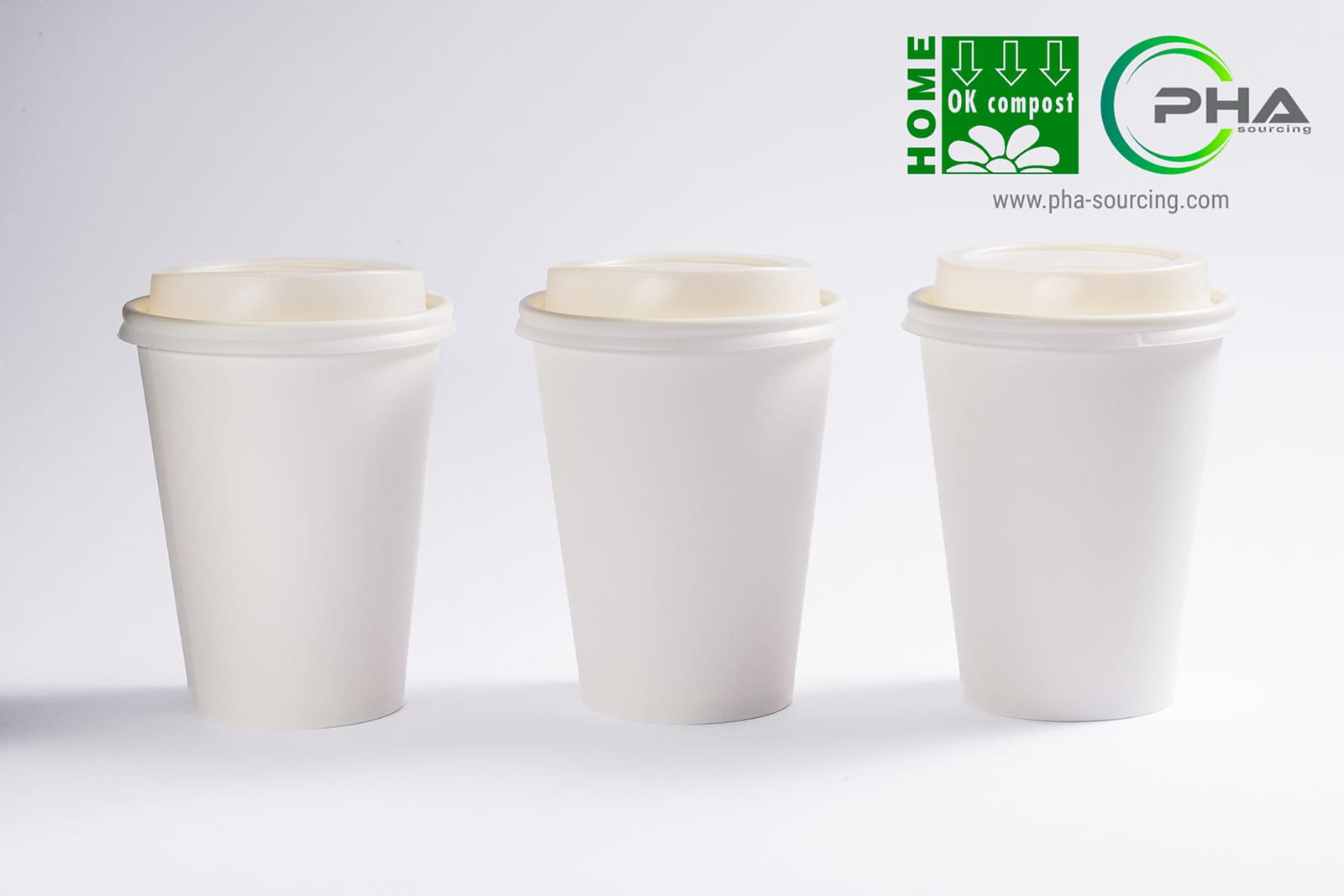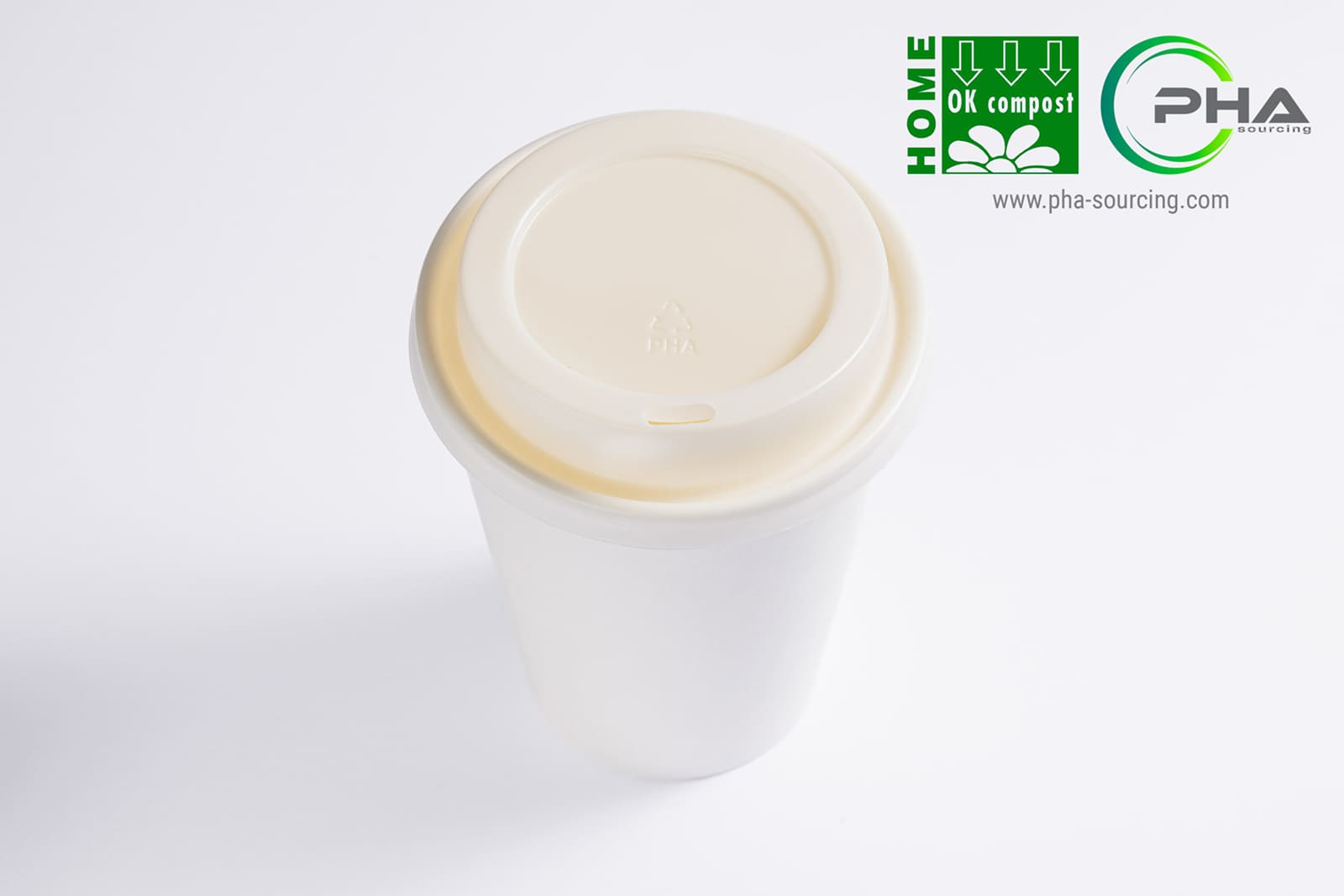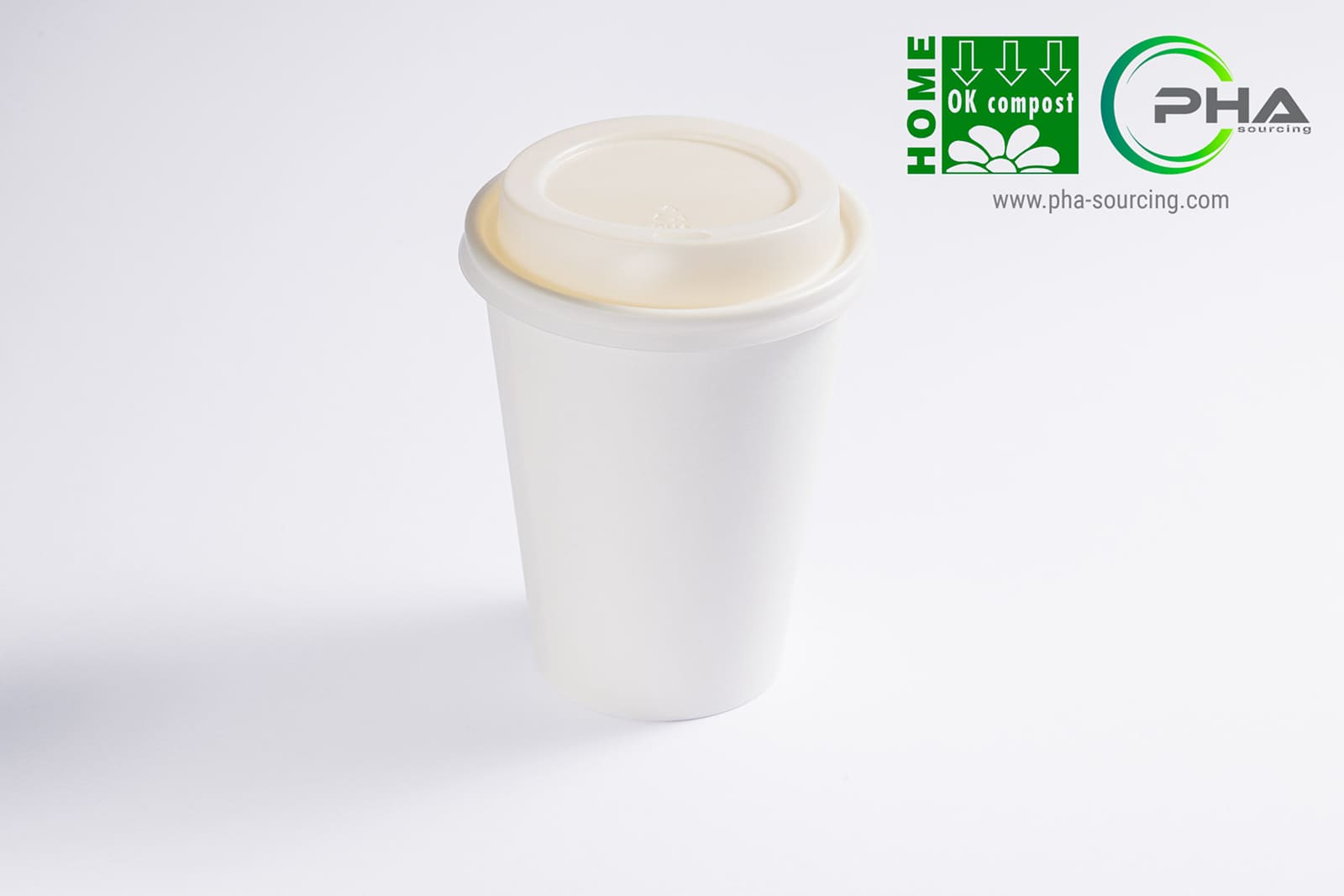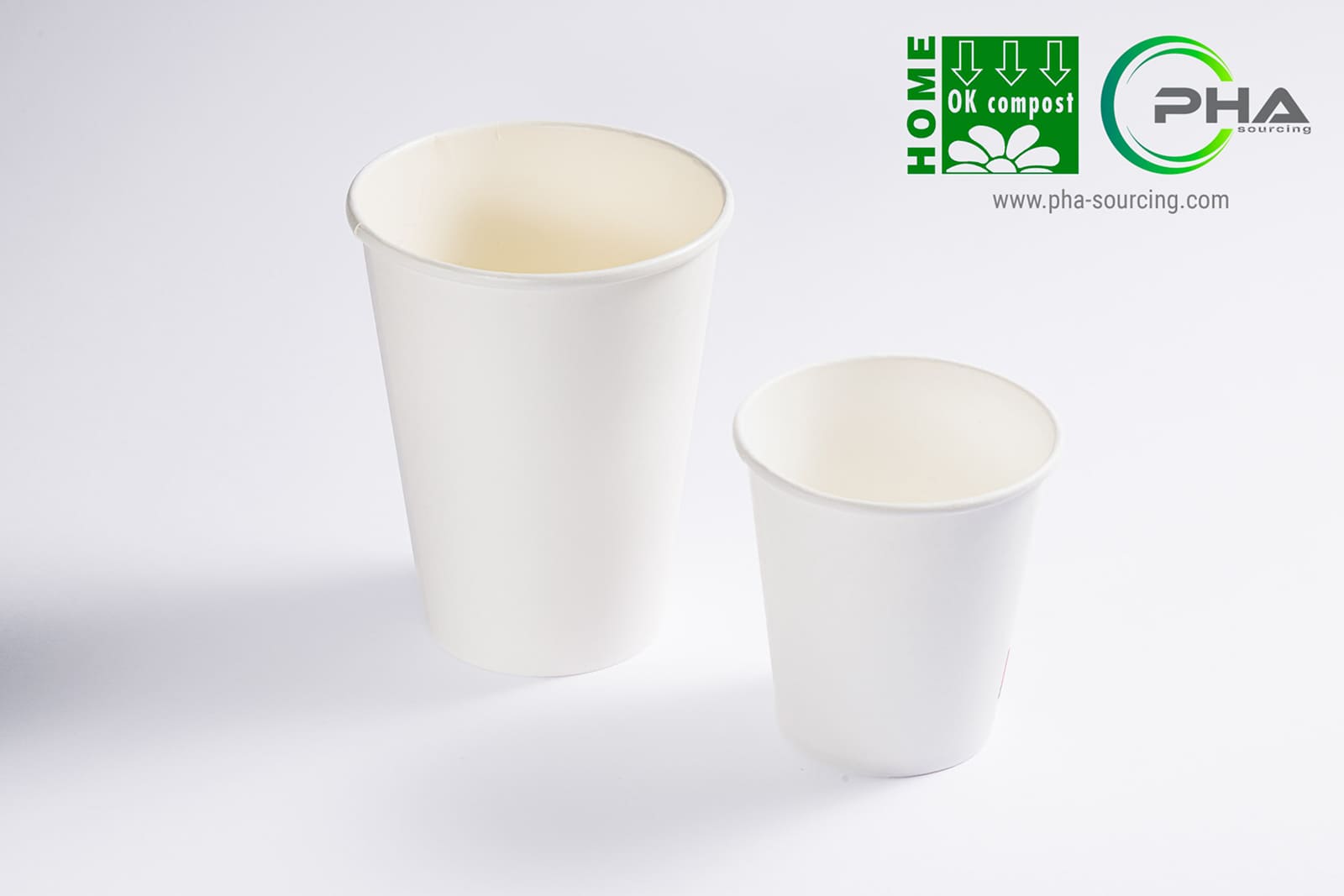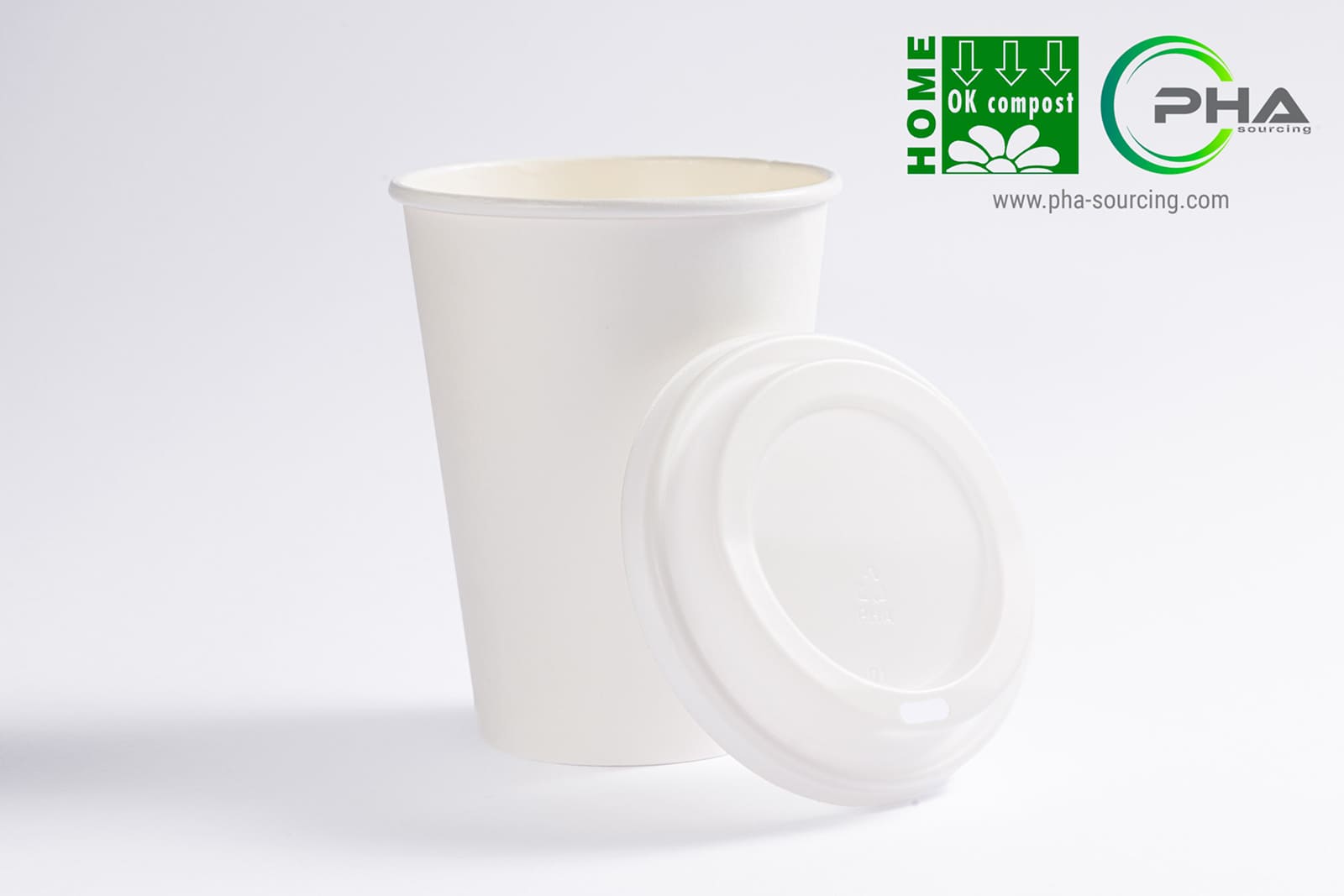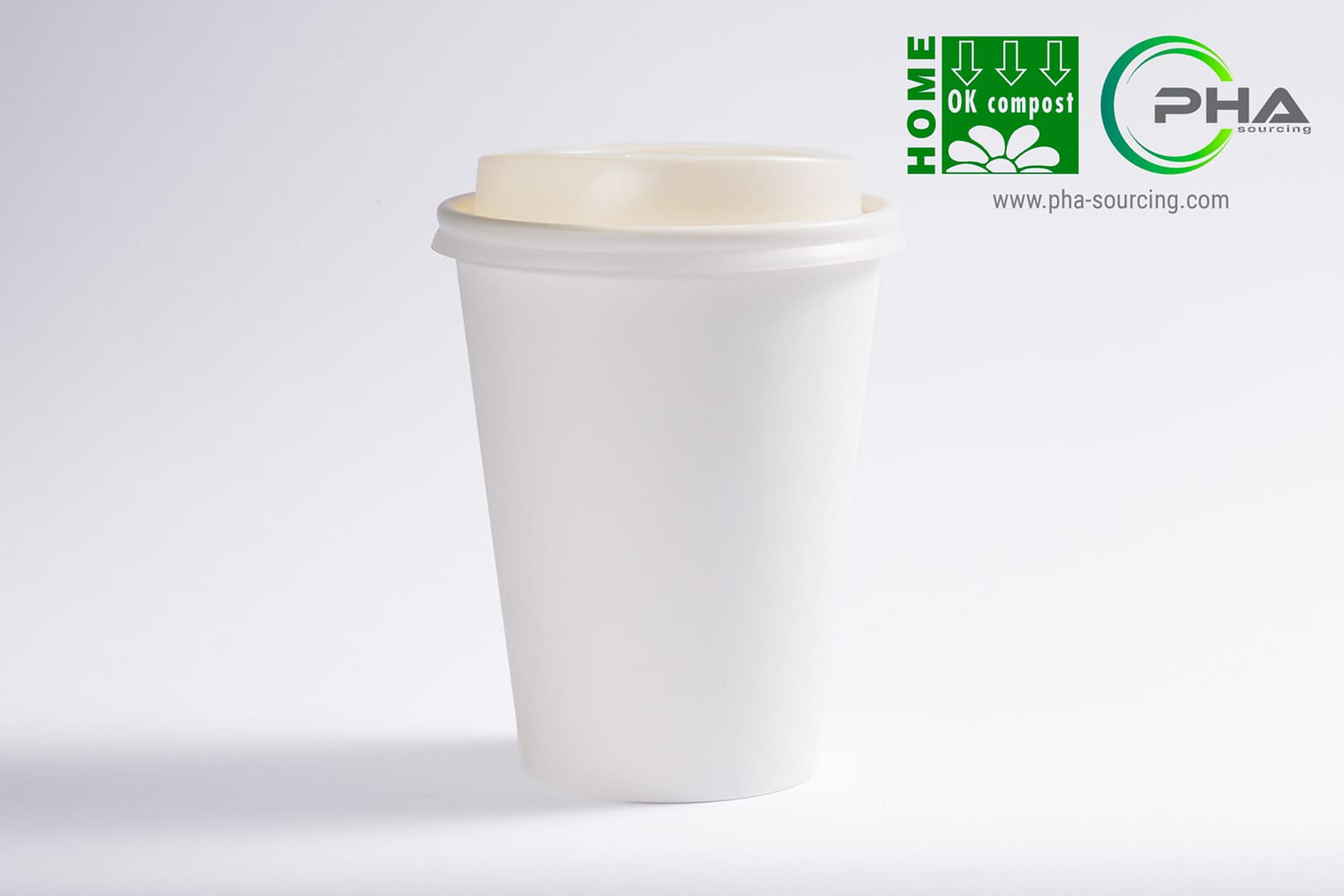Single-use cups are everywhere. In businesses, in public places, at events and (of course) in takeaway outlets. However, their impact on the environment and the regulatory pressure surrounding their use are leading the industry to question their future. Let’s explore the issue of single-use cups, the regulations in force and the possible alternatives.
The environmental impact of single-use cups
Single-use cups, mostly made of plastic, have a negative impact on the environment.
The carbon footprint of disposable cups
The manufacture of single-use cups (plastic, paper) generates significant greenhouse gas emissions. The majority of single-use cups are produced from fossil resources, resulting in a high carbon footprint. Reducing their production would make it possible to meet global climate targets and reduce their impact.
Marine and land pollution caused by cups
A large proportion of plastic cups end up in the oceans or in landfill sites, where they fragment into microplastics. These particles contaminate soil, water and wildlife. The result? According to a UNEP report, single-use plastics account for 80% of marine waste, impacting biodiversity and human health.
Regulations on single-use cups
Governments impose restrictions on single-use cups: complying with the requirements avoids penalties and additional costs.
The ban on single-use plastics in Europe
In Europe, the SUP (Single-Use Plastics) Directive bans many single-use plastic products, including certain types of cup. Member States have been applying this directive since 2021, banning in particular cups containing oxodegradable plastic. These measures encourage manufacturers to look for more sustainable alternatives.
Recycling and reuse obligations
In addition to the bans, recycling and reuse requirements are imposed on companies. In France, for example, the Anti-Waste for a Circular Economy Act (AGEC) requires companies to reduce their production of waste and give preference to reusable cups. The aim is to limit waste and encourage a circular economy.
Alternatives to single-use cups
Faced with regulatory and environmental pressure, several alternatives to single-use cups are emerging: PHA biopolymers are one of them.
Reusable cups
Reusable cups, often made from stainless steel, glass or durable plastic, are a popular option. They can be used for a long time, reducing waste and long-term costs. Some events and businesses are adopting a deposit model to encourage customers to return cups, encouraging efficient reuse. One example is the “eco-cup”!
Biodegradable and compostable materials: PHA and PLA
Alternative materials, such as PLA (polylactic acid) or PHA, can be used to produce biodegradable or even compostable cups. Although these options are more expensive, they meet sustainability requirements. With the same properties as traditional plastics, they compete with the latter for a respected future. These bioplastic products represent the future for both manufacturers and consumers.
Innovative materials made from living matter
New materials, such as third-generation bioplastics derived from algae or fungi, are appearing on the market. These promising solutions offer a credible alternative to fossil-based plastics, but still require investment to become competitive. These are the first steps…
Single-use cups: the challenges of the ecological transition
How do you switch from disposable cups to sustainable alternatives? This transition raises logistical, economic and technical questions.
Logistics and production costs
The production costs of sustainable cups are higher than those of plastic cups. This makes sense. These alternative materials, particularly bioplastics and metals, are more expensive and require new investment. Specialised production equipment is more expensive, and change doesn’t happen overnight! Working with a specialised partner over the long term is the right choice.
N.B. Reusable solutions require much more complex cleaning and distribution logistics.
Consumer acceptance
Consumers are increasingly aware of environmental issues, but their adoption of sustainable cups remains mixed. The cost of purchasing them and the habit of throwing them away after use sometimes hinder the use of alternatives. A survey conducted by Greenpeace reveals that 35% of consumers still prefer disposable products, despite increased awareness of environmental issues.
Why should I partner with PHA Sourcing?
Choosing an experienced partner company facilitates the transition to environmentally-friendly solutions. Ours offers manufacturers tailor-made solutions to reduce their environmental impact and optimise their investments. With an extensive network of suppliers, PHA Sourcing helps companies access sustainable alternatives at lower cost.
Expertise and compliance are combined to simplify the adaptation of products to standards and their adoption. By partnering with PHA Sourcing, manufacturers benefit from comprehensive support in supply chain management, optimising their environmental footprint while complying with regulations.
Ready for a change?
